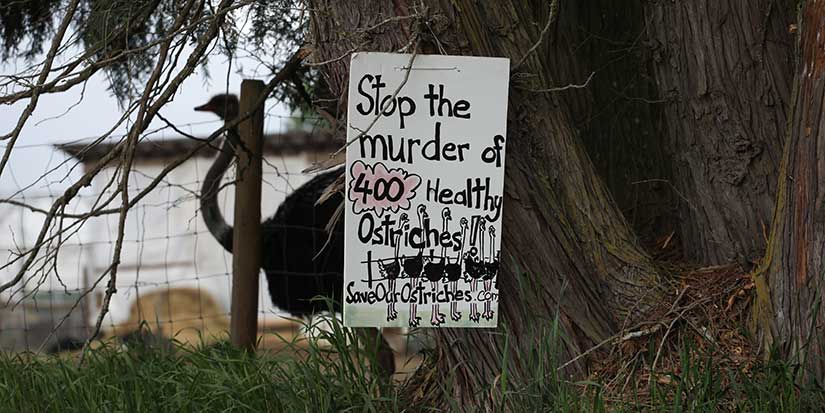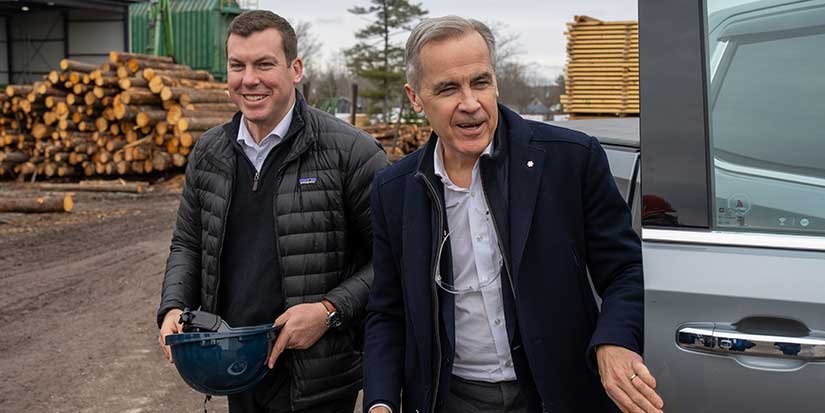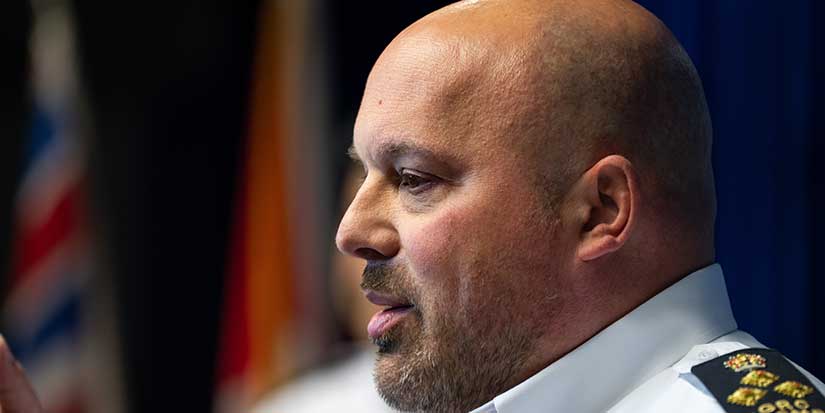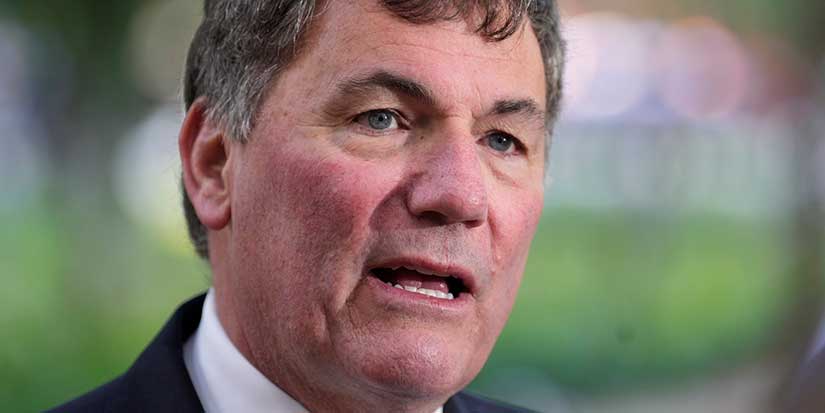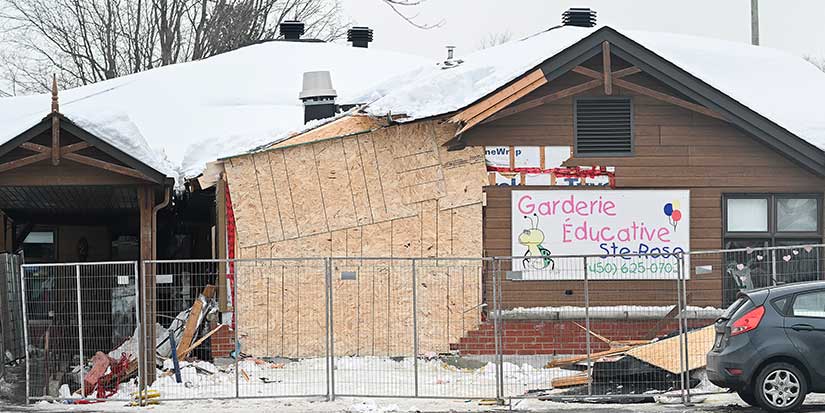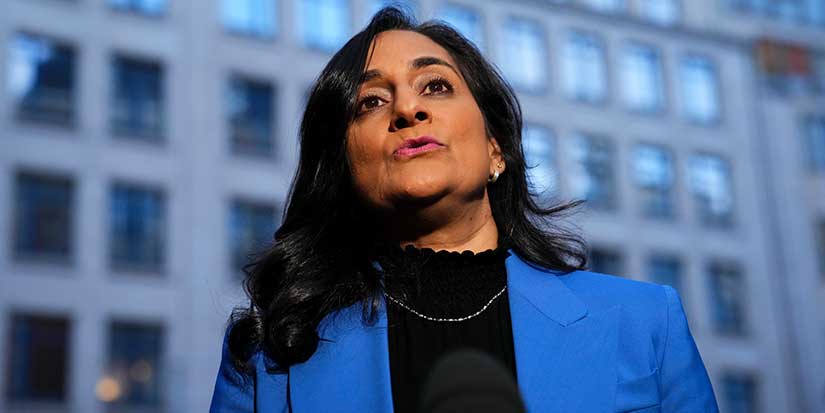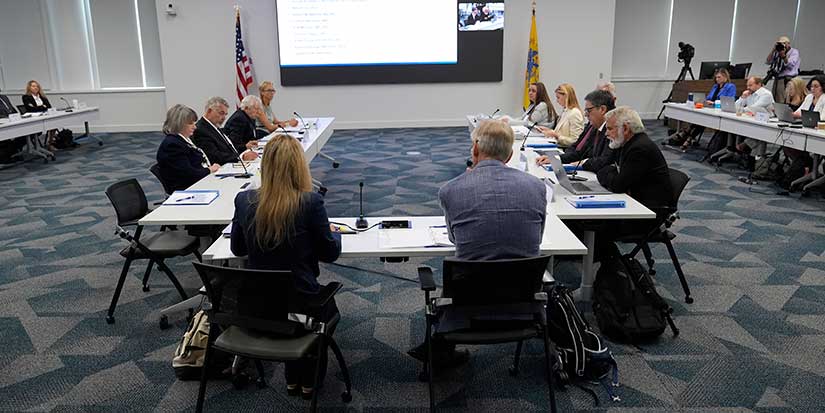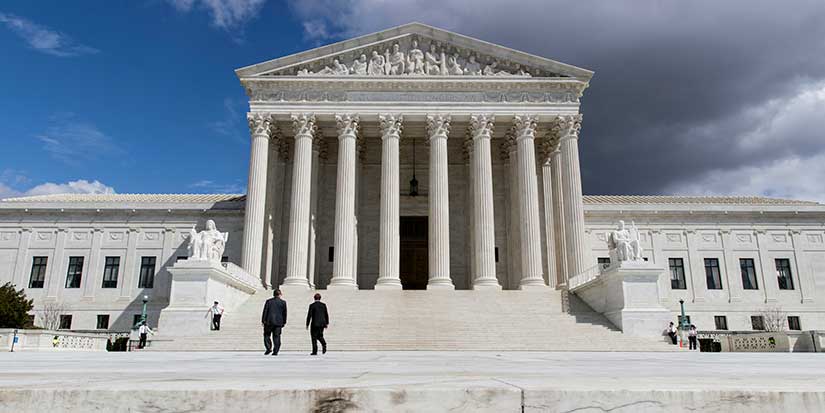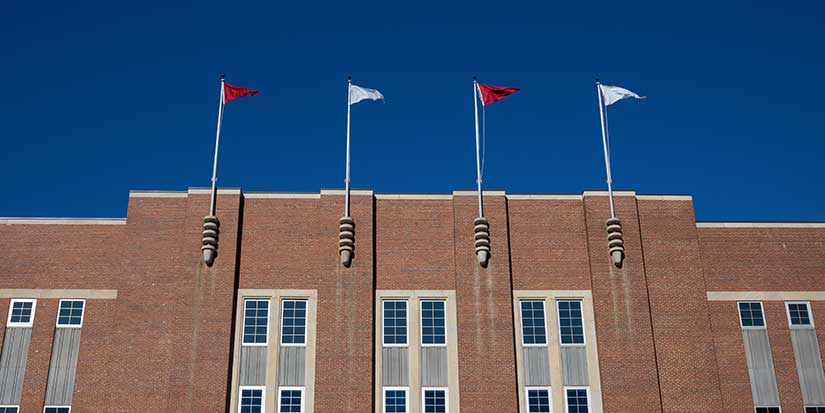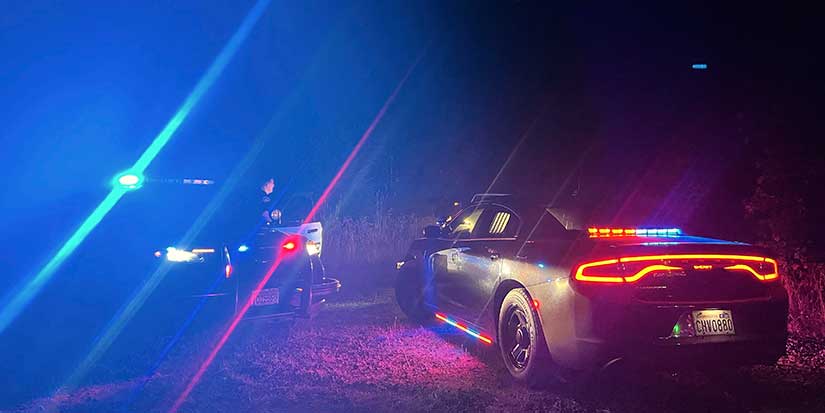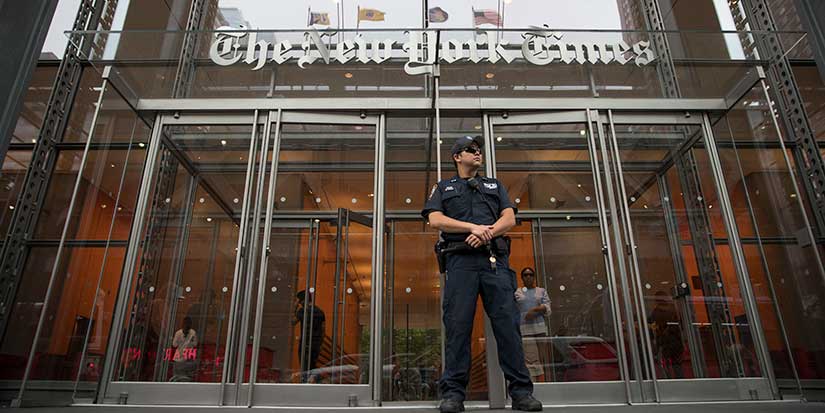Latest News
History of the Massey Tunnel

Published 2:08 PDT, Fri October 28, 2022
—
The George Massey Tunnel is a common avenue of transportation for many people travelling to or through Richmond.
The tunnel was opened by Queen Elizabeth II in July 1959 but had been open to traffic since May of that year. It was originally named the Deas Island Tunnel because it went just past the end of Deas Island.
Prior to the construction of the tunnel, a variety of ferries ran between Ladner and Richmond as far back as the early 1890s. The Union steamship S.S. Eliza Edwards provided a daily Vancouver-Steveston-Ladner landing run. Between 1898 and 1900, the CP Navigation travelled from Victoria to New Westminster three times weekly and stopped at Lulu Island and Ladner.
Between 1905 and 1909, the 45-passenger Sonoma ferry ran twice a day between Ladner and Steveston. From the summer of 1910 until 1914, the New Delta ran the route three times daily in the spring and summer and two times in the fall and winter.
In November of 1913, the Scanlon established a government ferry service from Ladner to Woodward’s Landing, where passengers were carried and the barge transported vehicles and livestock. A smaller tug named the Linda took the Scanlon’s place briefly, travelling six times a day. The larger Beaver then replaced the former ferry.
The final ship to run was the Delta Princess. The ship had been built in 1949 but was left without a job after the creation of the tunnel. In 1961, the Delta Princess was deemed seaworthy and became part of the BC Ferries fleet. The ship saw reduction in use over the years and was mainly used as a relief or spare ship before it was retired in 1996. It is now named the MV Salt Spring Queen.
Deas Island was named after John Sullivan Deas, a Black tinsmith who later started a cannery and other buildings prior to the 1873 fishing season. With an early start to the industry, Deas was successful in his operations, but five years later as many as eight canneries had been opened in surrounding areas. He sold his cannery to BC Canning Co. in 1878 and the site was operational until 1909.
The 629-metre-long tunnel is the lowest road in Canada, measuring 22 metres below the Fraser River. It was MLA Nehemiah George Massey who had fought for the tunnel to be built. It started off as a toll tunnel at $0.50 per trip which is equivalent to $4.82 in 2022. Tolls had been put in place to pay for the tunnel’s construction costs.
The final person to pay the toll was Massey himself, which some called a publicity move to mark the end of tolls in the tunnel. Massey passed away four days later at the age of 60, and the tunnel was renamed after him in 1967.
Regarded by many as an engineering marvel, the tunnel was the first rectangular reinforced concrete immersed traffic tunnel in North America. It is reinforced by six concrete segments that measure 344 feet long and weigh 18,500 tonnes. The tunnel impressed so many that it was also featured in the Popular Mechanics paper in 1959.
The original tunnel also featured magnetic traffic detectors along the road surface, speakers every 15 metres (50 feet) to relay messages, 14 cameras monitoring traffic flow, emergency phone booths every 54 metres (177 feet), a sprinkler system, and attendants who worked at either end of the tunnel.
The tunnel is a single tube sub-divided by a concrete wall with two lanes on each side. During normal traffic hours, there are two lanes travelling northbound in the east side and two lanes travelling southbound in the west side.
In 1982, a counterflow system was introduced to meet the increasing traffic demand of the tunnel. In the counterflow system during peak rush traffic periods, a reversible lane system is used. Swing gates deploy to direct traffic in one direction to a single lane, while increasing the other direction to three lanes.
The Massey Tunnel is one of three B.C. passages that uses a counterflow system. The system is in place on weekdays, and times are different depending on the time of year.
Between September and June the counterflow times are 5:45 to 9:30 a.m. and 3 to 6:30 p.m. In July and August, counterflow times are 5:45 to 9 a.m. and 3:15 to 6 p.m.
In the morning, there are three lanes travelling north and one lane south on Highway 99. In the afternoon, three lanes are open for southbound traffic and one lane for northbound traffic.
Since the creation of the tunnel, it has undergone multiple renovation projects. Bus stops along the shoulder lanes leading into the tunnel were added to improve transit flow south of the tunnel. A bus-only access ramp was also created from Bridgeport Road to Highway 99 southbound to improve transit access to the highway.
Ground broke recently on a new interchange at Steveston Highway and Highway 99 to accommodate two eastbound lanes and three westbound lanes














